How "Brainstorm" Captured the Fragility of Memory
"Brainstorm" (1983), directed by Douglas Trumbull, explores memory and technology's impact on identity, rated 6.4/10 for its hauntingly philosophical narrative.

"Brainstorm," a 1983 science fiction film directed by Douglas Trumbull, offers a captivating yet troubled exploration of memory and technology.
Christopher Walken, Natalie Wood (in her final role), Louise Fletcher, and Cliff Robertson portray characters navigating the implications of a revolutionary device that records and replays human emotions and sensations.
Written by Robert Stitzel and Philip Frank Messina, and influenced by Bruce Joel Rubin's story, the film grapples with the consequences of blurring the lines between individual experiences and shared consciousness.
Despite its compelling premise and Trumbull's expertise in special effects—having crafted visuals for classics like "2001: A Space Odyssey"—the film suffers from a fragmented narrative and inconsistent character development.
The haunting backdrop of Natalie Wood's tragic death during production permeates the viewing experience, lacing the film with a sense of melancholy that complicates its reception.
As we delve into "Brainstorm," we will assess the film's ambition in tackling themes of technological exploitation and personal connection amid its considerable flaws, determining whether it deserves a reevaluation in the context of science fiction cinema.
| Attribute | Value |
|---|---|
| Title | Brainstorm |
| Director | Douglas Trumbull |
| Writer | Bruce Joel Rubin, Robert Stitzel, Philip Frank Messina |
| Actors or Actresses | Christopher Walken, Natalie Wood, Louise Fletcher |
| Rated | PG |
| Runtime | 106 min |
| Box Office | $10,219,460 |
| U.S. Release Date | 30 Sep 1983 |
| Quality Score | 6.4/10 |
Synopsis
In "Brainstorm," the story unfolds around a team of scientists led by the innovative Dr. Michael Brace, played by Christopher Walken. Together with his colleague and former lover, Lillian Reynolds, portrayed by Natalie Wood, they explore the profound implications of their revolutionary device, the "Engram," which records and allows users to revisit not only memories but also sensations and emotions in vivid detail.
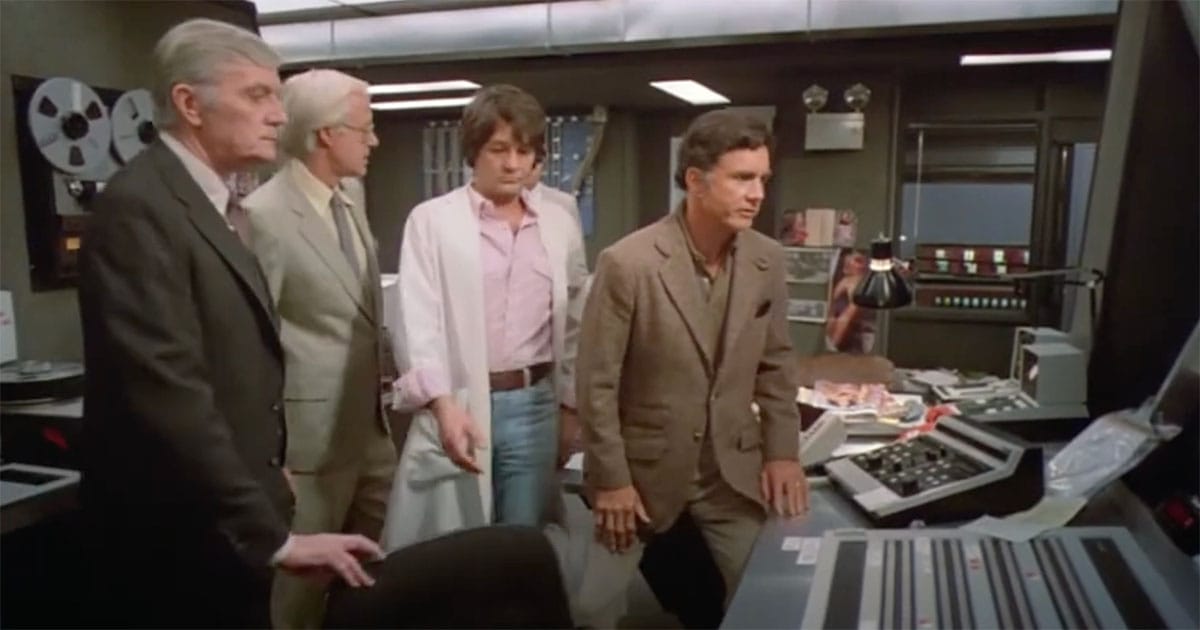
The central conflict arises when the technology, initially intended for benevolent purposes, becomes a double-edged sword. As the characters grapple with the allure of shared experiences, they uncover the dark potential for misuse when an external entity exploits the device for commercial gain. This leads to a series of ethical dilemmas that examine the nature of memory and identity, questioning the implications of living through the experiences of others.
As the narrative progresses, Dr. Brace confronts harrowing consequences stemming from the device's exploitation. He experiences a gripping descent into shared memory loss and emotional chaos that not only threatens his professional integrity but also jeopardizes his personal relationships.
The film ultimately builds to a climax where the lines between reality and memory become irretrievably blurred.
"Brainstorm" presents a thought-provoking commentary on the intersection of technology, memory, and the human experience, compelling viewers to ponder the ethical implications of such advancements.
It invites the audience to question the technology itself and the essence of what it means to truly connect with another individual.
Themes
"Brainstorm" emerges as a visually arresting film, one where the attraction of technology intertwines with profound philosophical questions about memory and human connection.
Watching the film is akin to peering through a kaleidoscope of experiences, where vibrant colors and haunting sounds invite the audience to explore the deepest recesses of individual and shared consciousness.
The cinematography, crafted under the meticulous eye of director Douglas Trumbull, effectively captures both the beauty and vulnerability inherent in the human experience and the stark contrasts that technology can illuminate and obscure.
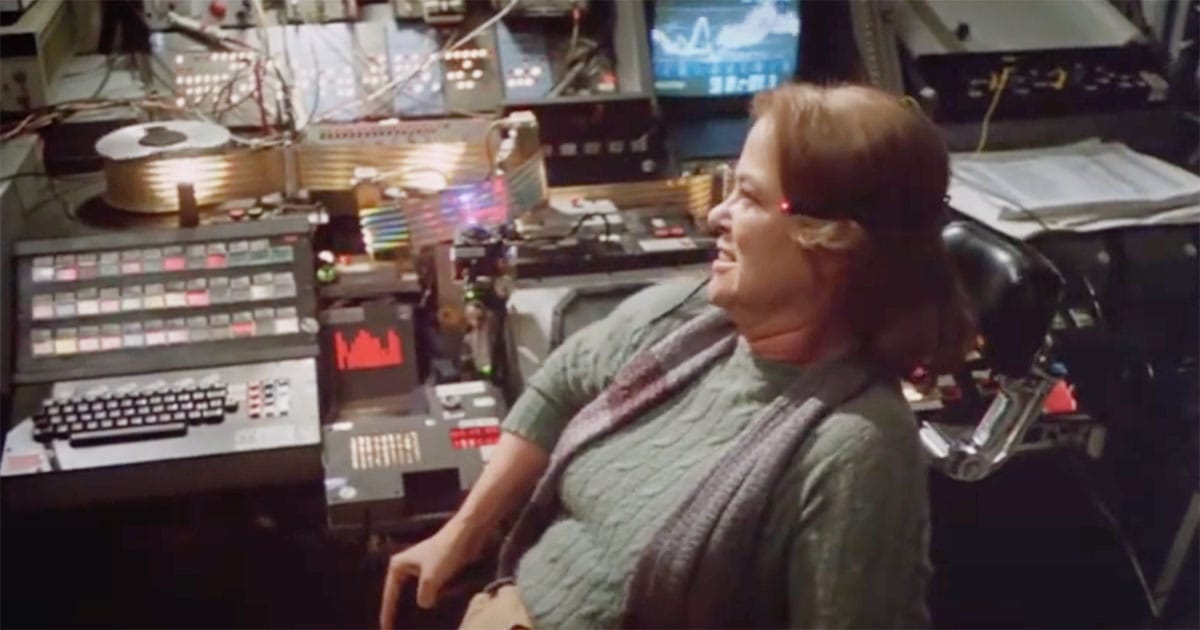
One of the film's central themes revolves around the fragility of memory. The Engram device offers not only the luxury of reliving cherished moments but also the risk of confronting unprocessed traumas.
This juxtaposition forms the crux of the film's narrative tension, compelling the viewer to consider what makes us who we are. As characters navigate the landscape of shared memories, the boundary between personal experience and collective memory becomes increasingly tenuous, raising questions about identity itself.
A striking scene occurs when Dr. Brace experiences a memory through another's perspective, leading to dizzying revelations that challenge his understanding of his own life. The viewer cannot help but feel the weight of this moment, caught between the exhilaration of remembering and the fear of losing oneself in that process.
Sound design plays an essential role in shaping the audience's emotional journey throughout "Brainstorm." The auditory landscape, punctuated by a haunting score, evokes a sense of wonder and dread. As characters embark on their sensory explorations, the sounds of laughter, sorrow, and even silence transcend mere background noise. They actively shape and influence the memories as they are shared.
The film's ability to manipulate sound to enhance its narrative is masterful, contributing to an atmosphere that is both mesmerizing and, at times, unsettling. Personal moments resonate deeply, accentuated by the musical score, which heightens both intimacy and tension.
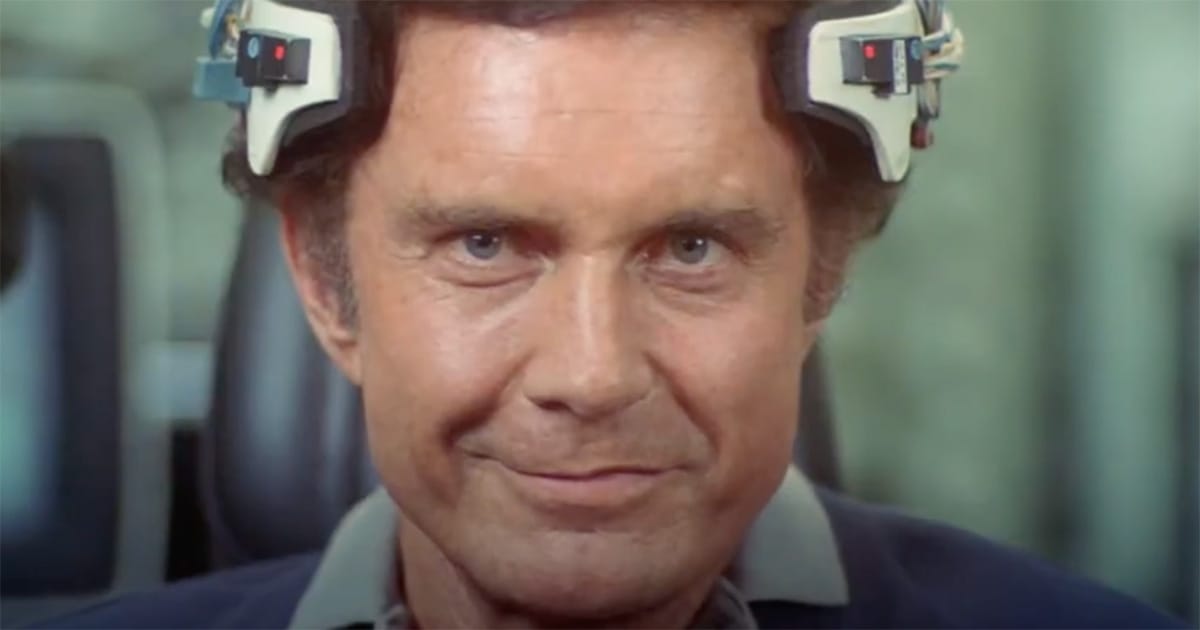
Moreover, "Brainstorm" embarks on a cautionary exploration of technology and its moral implications. As the characters plunge deeper into their interlocking experiences, the film warns of the dangers inherent in wielding such power without ethical considerations.
The realization strikes with force as this powerful technology reveals its potential for weaponization, forcing urgent questions about consent and the ownership of personal experiences.
This dramatic tension culminates in the character of Lillian Reynolds, whose tragic fate serves not only as a plot device but also as a poignant commentary on the unanticipated consequences of their invention. Her vulnerability encapsulates the film's core warning about the intersection of human emotion and advancing technology.
Above all, what strikes a viewer's mind long after the credits roll is the evocative sense of melancholy underscoring the film. The haunting imagery, paired with a gripping narrative, leaves an indelible mark, prompting reflection on what it means to experience life and memory truly.
"Brainstorm" succeeds in engaging the audience not merely through its technological conundrums but through its exploration of existential themes that challenge our understanding of human connection.
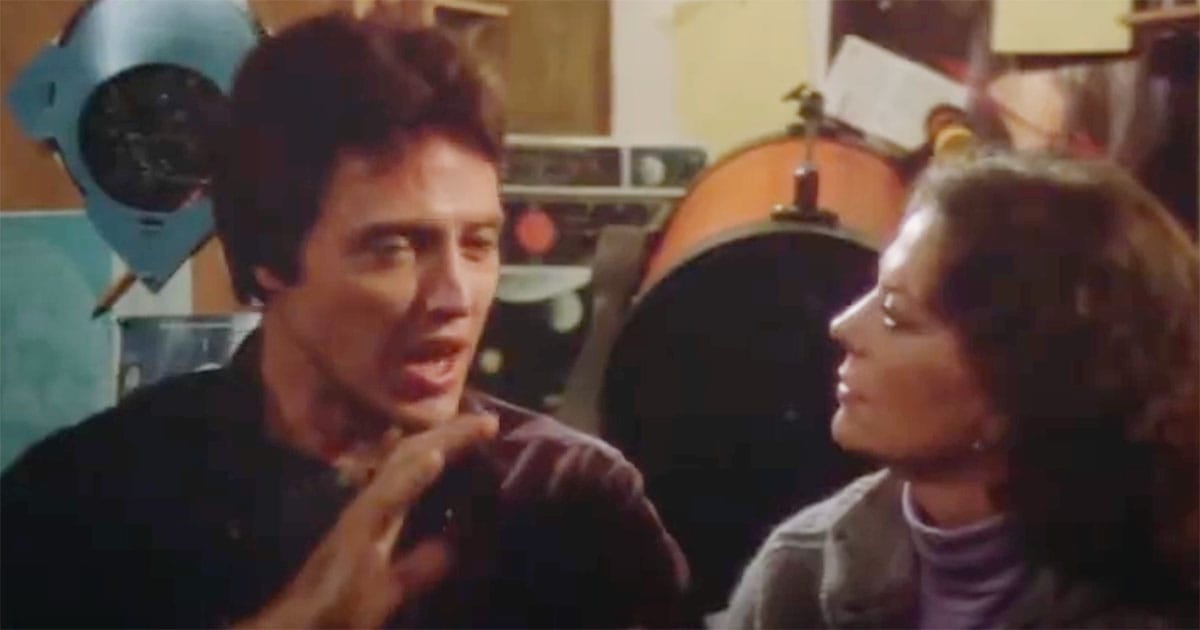
It compels us to confront our own memories and experiences and to question what lies within the fragile bounds of our consciousness. In this regard, "Brainstorm" stands as both a product of its time and an enduring exploration of the human condition, making it a notable entry in the canon of science fiction classics.
Who Will Enjoy Brainstorm?
"Brainstorm" offers an intriguing cinematic experience that may appeal to a varied audience, particularly those drawn to films that challenge conventional narratives and explore the complexities of human consciousness.
It is likely to resonate with viewers who appreciate science fiction that endeavors to delve deep into philosophical inquiries rather than merely presenting futuristic technology as a spectacle.
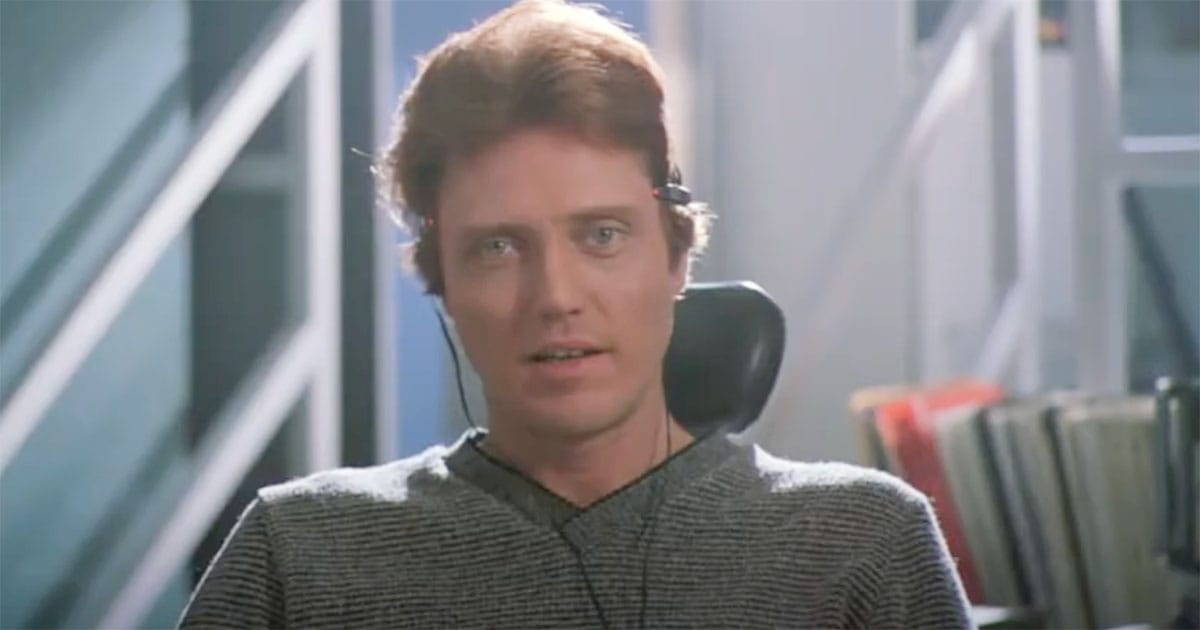
This film could provide a unique companion for quiet evenings of introspection, perhaps during a rain-soaked night when the world outside mirrors the film's themes of isolation and emotional depth. It invites contemplation about memory and shared experiences, making it particularly engaging for individuals who have grappled with similar notions in their own lives. Those who enjoy character-driven stories that blend emotional resonance with intellectual inquiry will likely find themselves immersed in its narrative layers.
Moreover, "Brainstorm" could also appeal to fans of classic cinema, especially those interested in the contributions of renowned filmmakers such as Douglas Trumbull.
For viewers who appreciate the art of practical effects over contemporary digital manipulation, the film's groundbreaking visuals serve as a fascinating study of early special effects techniques, providing a historical context that enriches the viewing.
Academic enthusiasts might find the film a worthy subject for discussion regarding its implications on technology and ethics, urging thoughtful discourse about the relationship between human emotion and technological advances.
As one reflects on the film's exploration of technology's relationship with memory, it becomes clear that "Brainstorm" eloquently captures the intrinsic tension between progress and the essence of what it means to be human. The narrative is rich with potential for exploration of emotional depths and ethical dilemmas, leaving the viewer's mind teeming with questions long after the conclusion.
In conclusion, "Brainstorm" stands as a thought-provoking examination of the fragile boundaries between memory, experience, and identity. It melds emotional storytelling with lofty philosophical themes, inviting viewers to ponder the ramifications of technology on personal connections.
While the film faces narrative challenges, its unique position within the science fiction genre and its capacity to generate meaningful reflections on the human experience ensures that it remains a notable piece for those seeking more than mere entertainment.

